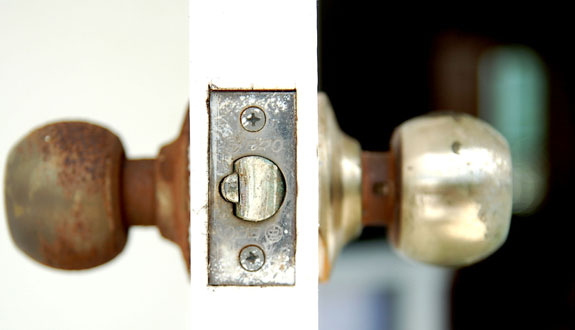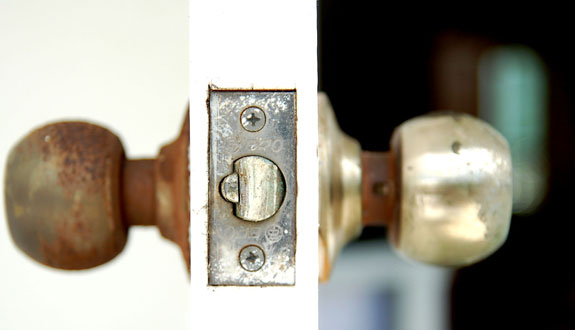Despite Fewer Law School Applicants, Some Enrollments Up
- by
- Sep 11, 2013
- Admissions, Law School
- Reviewed by: Matt Riley


The ABA Journal recently ran an article featuring a few law schools that have seen an increase in enrollments despite a decline in the overall number of applicants. That sounds like a Resolve question, so let’s take a look at some of the purported explanations.
First up comes the University of Missouri-Kansas City and the University of Idaho, both of which attribute their increased enrollments to their relatively low tuition — $18K and $16K, respectively. However, the article doesn’t say if their tuition declined since last year, which would bolster the claim that they did something different this year to cause the increased enrollments. They also only cite in-state tuition, suggesting that it would only lead to an increase in enrollments of native Missourians/Idahoans rather than attracting new applicants from out of state.
Dean Ellen Suni of the University of Missouri adds that their Summer Start Program, allowing students to take core classes over the summer, was also a factor in their increased enrollments. While 30 out of 174 students enrolled in the program, I’m inclined to believe that it’s more of a bonus than something that would draw students to the school. After all, it’s not like taking these summer courses is free, and the law degree is going to take the same amount of time to earn.
Finally, we get a little bit of truth out of Dean Suni. She next attributes their increased enrollments to decreased admissions standards, saying that their LSAT median is a little lower. Qualifying more people as University of Missouri material will definitely lead to more acceptances, which will lead to more enrollments. She says that lowering their LSAT standards didn’t affect their grades. It’s certainly possible that they ended up with the same caliber of students. It’s also possible that, when your classes are graded on a curve, you’ll always end up with the same grades.
Next up is George Washington Law, which saw a whopping 22% increase in enrollments. School officials put forward one explanation — their two new buildings (I know very few 0Ls who are that familiar with a law school’s campus) — before hitting on the real one: increased financial aid packages. If you pay people to come to your school, you’re obviously going to increase enrollments. It’s what I would consider the smartest way to ride out the current application clime, so kudos to you, GW.
I may come across as a bit snide in this article. I am, because I think it’s a non-story. Law school applications are down. No one argues that. And there have always been more applicants than seats — some people, every year, don’t get into any law school. So the schools themselves have always been the ones in control of the number of enrollments — accept more people, or don’t.
Until recently, I believe most schools thought they could ride out a few lean years without letting their numbers drop. Turns out, the dip in applications is not turning around as quickly as they had hoped. So they’re left with two options: shrink their class sizes while also offering larger scholarships to entice what students they can attract (hint: this will kill their revenue), or lower their admissions standards and increase class sizes. As endowments shrink and budgets get leaner, expect more and more law schools to opt for the latter. They’ll justify it with other changes that really aren’t making that big of a difference. But, in reality, the reason that enrollments are up is that law schools are allowing them to be.
Search the Blog

Free LSAT Practice Account
Sign up for a free Blueprint LSAT account and get access to a free trial of the Self-Paced Course and a free practice LSAT with a detailed score report, mind-blowing analytics, and explanatory videos.
Learn More
Popular Posts
-
logic games Game Over: LSAC Says Farewell to Logic Games
-
General LSAT Advice How to Get a 180 on the LSAT
-
Entertainment Revisiting Elle's LSAT Journey from Legally Blonde








